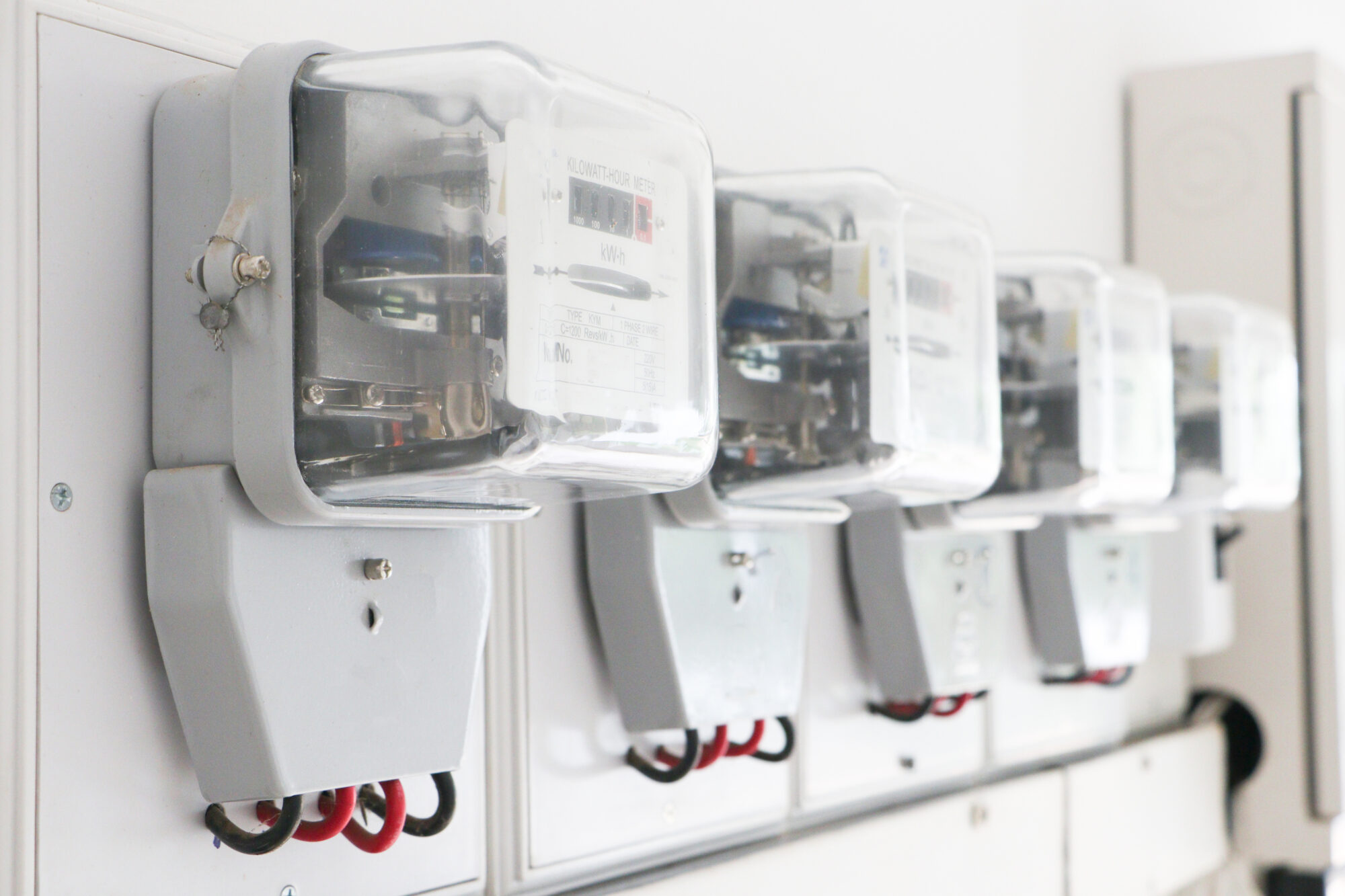How to Drive Efficiency with Submetering at Scale
Property teams in the commercial real estate (CRE) industry face growing challenges when it comes to efficient and accurate meter reading. As part of Genea’s ongoing commitment to industry innovation and education, we hosted a webinar “How to Drive Efficiency with Submetering at Scale.” Speakers Robert Vail, VP of Sales, CRE at Genea, and Brian Haine, Operations System Engineer, discussed the ins and outs of successful submeter reading and billing, sharing three use cases.
Webinar Topics
- Industry issues with reading and billing
- Technology solutions
- Common scenarios and outdated equipment
- Benefits of replacing outdated equipment
- Submeter reading and billing use cases
Difficulties with Submetering
“There are a lot of issues we’ve seen in the marketplace over the years,” Vail began. “We often see a mix of water meters, gas meters and BTU meters, and not everybody is sure what these meters are measuring. That causes significant confusion.”
Employment turnover often negatively affects submetering as well. Key personnel may forget to leave instructions about how to properly read building meters. Consequently, an information void may develop, which, in turn, leads to inaccurate tenant utility billing. Additionally, billing nuances, fragmented processes and lack of audit trails cause significant problems for CRE property teams.
“Once you have data collected, you see challenges in billing back tenants,” Vail said. “Often times we see spreadsheets that are passed down from property manager to property manager even though the property has changed.”
In these situations, property teams must ensure billing gets calculated correctly. Often, these billing scenarios use incorrect multipliers and formulas to calculate billing.
Improving Reading and Billing with Cloud-based Tech
Genea Submeter Billing is a cloud-based system that helps ensure CRE property teams read and bill accurately. By leveraging innovative technology, Genea automates the entire billing process from beginning to end.
Property teams that are reading their meters manually can gather data with Genea’s smartphone application. This application helps streamline the collection process, take a picture of the meter to create an audit trail and upload data to the cloud. From there, the Genea billing team will generate invoices. These invoices look like utility bills, and therefore can be easily distributed to tenants.
“The platform gives property teams really clear visibility and transparency into what data they are collecting,” Vail said. “You can see exactly what the meters are reading and what time of data they are consuming.”
Common Scenarios and Outdated Equipment
“Most of our conversations with customers start off with one of two scenarios,” said Brian Haine, Operations System Engineer at Genea. “Every month the building engineer goes up into the ceiling on a step ladder and is looking for a water meter, or they would love to meter but don’t know where the meters are.”
After a proper equipment audit, technology providers like Genea help in each of these scenarios. Additionally, many CRE buildings use outdated equipment, including meters without wireless or encoding capability, no remote capability and short battery life.
One solution to these problems is wireless reader displays. Displays like the NextCentury RR4-TR Remote Reader gives property teams the ability to read their meters without climbing into the ceiling or navigating hard-to-reach meters. The RR4-TR can be mounted to a nearby wall. It operates as a wireless transceiver endpoint, transmitting meter read data to the Genea Submeter Billing platform.
Submetering Use Cases
The webinar continued with three use cases, including One Market Plaza located in San Francisco. The 1.6 million sq. ft. Building had a mix of meter manufacturers as well as both networked and manually read meters. To make matters even more challenging, some of these meters had been incorrectly installed and programmed. Genea took on the challenge by performing a site audit, reviewing the meter infrastructure. The decision was made to replace the majority of the manually read meters by automating the data collection of more than 150 meters. All this resulted in increased utility recoupment and time saved for the engineering team.
To hear about the other two use cases, register to watch the webinar on-demand.
What Makes Genea Different
With a 98% customer retention rate and implemented in over 300 million sq. ft. of buildings, Genea does more than your average technology provider. From On-Demand HVAC to video management, access control to utility meters, Genea unifies and centralizes your most crucial systems. Working with 21 of the top 25 commercial real estate firms, Genea prides itself on providing advanced property technology solutions. LBA Realty, JLL, Granite and CBRE are just a few firms supported by Genea.
“We can connect to pretty much every part of a building,” Vail said. “All of our technology solutions are really designed to help streamline processes and make your property team’s life much more efficient.”
For more information about Genea Submeter Billing or another solution for your building, speak with a Genea team member today.





